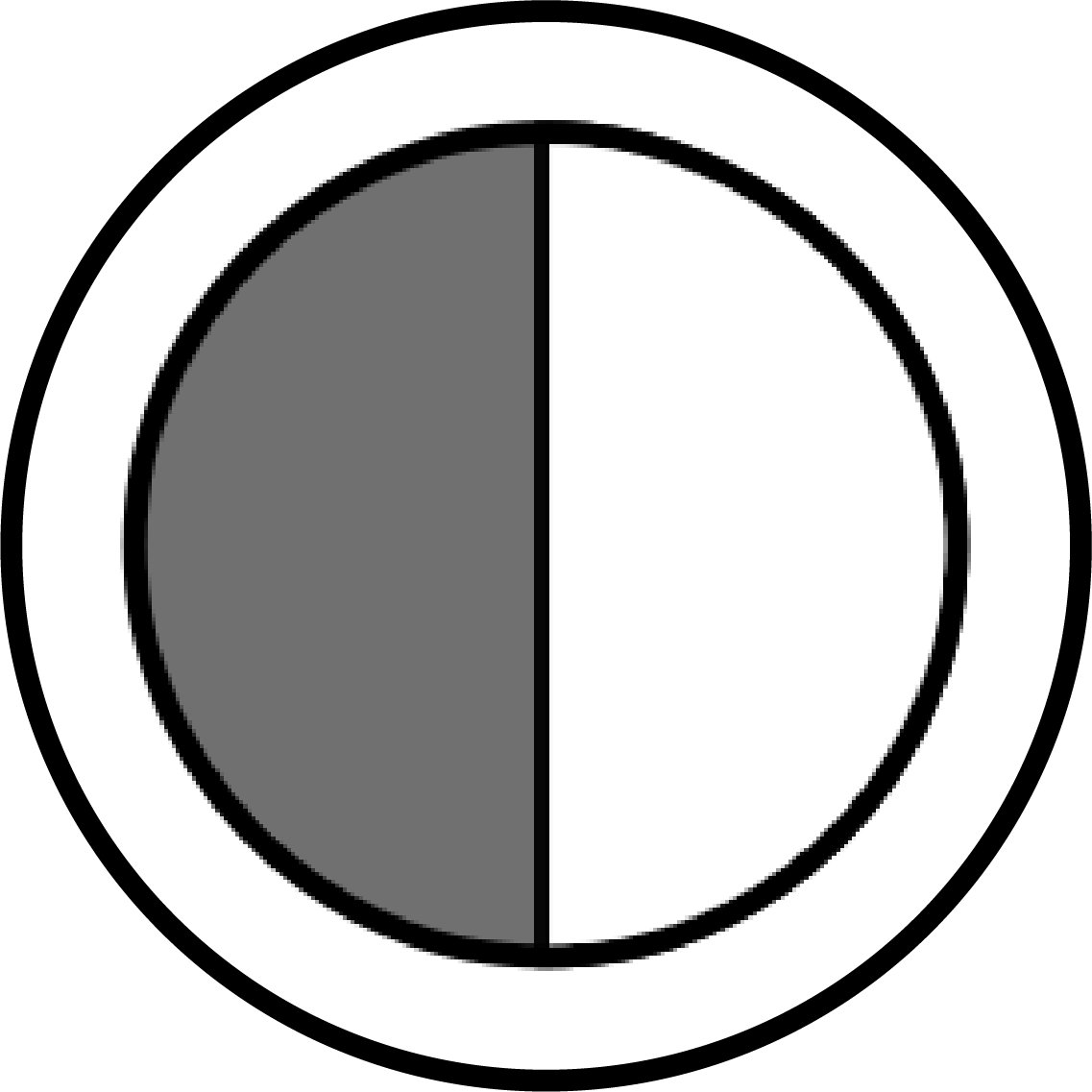
Yesterday marked the forty-first anniversary of Land Day, an event that has remained etched in the collective memory of Arab citizens in Israel for the past forty-one years. On March 30, 1976 Israeli state authorities opened fire on Arab demonstrators in the towns of Sakhnin, Arabeh, Taibeh, Kfar Kana and Dir Hanna, resulting in the deaths of six Arab citizens, in addition to dozens of injuries and hundreds of arrests.
Organizers staged the protest directly in response to the Israeli government’s announcement of plans to expropriate 21,000 dunams (over 5,000 acres) of the remaining land belonging to Arab citizens in the Galilee. This announcement came after decades of land confiscation, including the expropriation of 75,000 dunams (over 18,000 acres) in the decade preceding the decision. Between 1948 and 1972, the State of Israel expropriated over a million dunams of Arab land in the Galilee and the Triangle, not including the millions of dunams of Palestinian land confiscated during the establishment of the state in 1948. The program announced in the beginning of March, 1976 explicitly set out to “Judaize” the Galilee, seeking to replace the Arab villages with Jewish settlements.
Although the demonstrators posed no physical threat, they found themselves face to face with an aggressive police and military presence. Tensions quickly escalated, especially when demonstrators caught wind of the use of excessive force in the other towns. The authorities opened live fire on the crowds, resulting in the deaths of Kheir Yassin, Khadih Shawahneh, Raja Abu Raya, Khader Khalaileh, Muhsin Taha, and Ra’fat Zheiri.
While the Mossawa Center and Arab citizens in Israel commemorate Land Day in order to mourn these deaths, Land Day is more than a day of remembrance for the Arab community. Rather, Land Day symbolizes the State of Israel’s continued policy of land expropriation and discrimination. The state’s deliberate and violent attempts to Judaize the Galilee, the Triangle, and the Naqab in the 1970s, persist in the twenty-first century. With the support of Prime Minister Netanyahu and far-right, pro-settlement leaders and NGOs, such as Regavim, the Knesset is in the process of passing the Kaminitz bill, which will increase home demolitions and further criminalize unauthorized construction, enabling the government to clear Arab citizens from the land. On January 11, the government demolished eleven homes in the Arab city of Qalansawa. On January 18, Israeli police demolished eight homes and four other buildings in the unrecognized village of Umm al-Hiran. As was the case on Land Day, the police engaged excessive force to evacuate the village, in turn killing the father and school teacher, Yaqoub Abu al-Qia’an and resulting in the unintentional death of police officer, Erez Levi.
With the State of Israel’s continued prioritization of the Jewish character of the state over the rights of its non-Jewish citizens, Land Day is not merely a memory for Palestinian and Arab citizens in Israel; It is a lived reality.
In cooperation with local councils, the Mossawa Center participated in public events across the country, including the Mossawa Land Day exhibition, which took place in the city of Taibeh. The Mossawa Center seeks to build public commitment to resisting home demolitions and to supporting the families of unrecognized villages, such as Um al-Hiran and al-Araqib.
For more information on Land Day and its legacy, feel free to read Land Day: The Histroy, Struggle and Monument here: http://mossawa.org/uploads/Land%20Day%20Book%20English%20all.pdf

Participants in Mossawa’s Land Day exhibition in Taibeh

























